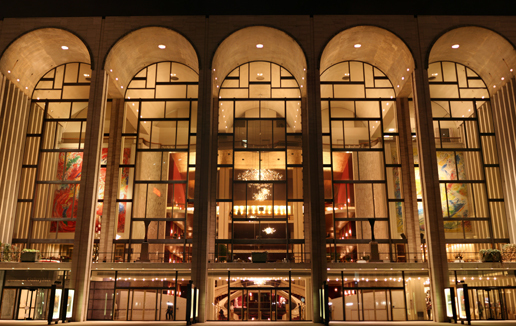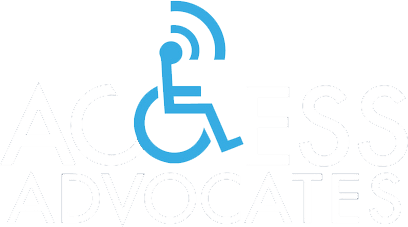
Here are two examples of one private and one public organization, both of which overlooked ADA’s accessibility compliance regulations. Both resulted in “wins” for people with disabilities and demonstrate that sometimes the “big guys” need to pay better attention.
Case 1: Singing a different tune: The U.S. versus The Metropolitan Opera in New York (January 13, 2012).
Founded in 1883, the Metropolitan Opera is a not-for-profit organization and has been a tenant of the Lincoln Center since 1966. ADA enforcers acting on client complaints visited the building and the Met had to make the following building alterations:
- Added additional wheelchair and companion seating.
- Made restrooms, concession stands and added signs to make them more accessible
- Installed more accessible drinking fountains
- Put in handrails throughout the building to the stairwells leading to public restrooms.
- Took out access barriers in three of its six elevators.
The federal court’s consent decree ordered additional measures:
- Take out the accessibility barriers to the remaining three elevators.
- Revise its practices in selling unsold wheelchair and companion seats.
- Update its emergency plans to make sure that people with disabilities “receive necessary information and assistance.”
Case 2: Are you listening? Heisley versus Inova FairFax Hospital in Virginia (March 28, 2011)
The Justice Department jumped in on this previously private lawsuit. It seems that the hospital failed to accommodate hard of hearing patients and their companions. The parties to the suit settled and the Justice Department filed its consent decree based on the negotiations. Under the consent decree:
- The hospital must provide training to its staff on what the ADA requires.
- Make auxiliary aids (i.e., interpreters) and services readily and quickly available for hard-of-hearing patients and their companions.
- Pay $95,000 damages to the injured parties and a $25,000 civil penalty to the United States. (The hospital also, in a separate agreement, paid $25,000 to two other claimants.)
The foregoing are dramatic examples of how even the “big guys” sometimes forget about accessibility issues. If you have been a victim and have encountered barriers to accessibility – no matter how big the organization is that has put them there — contact us and we’ll help you with your complaint.
Image courtesy of Flickr, Niall Kennedy
